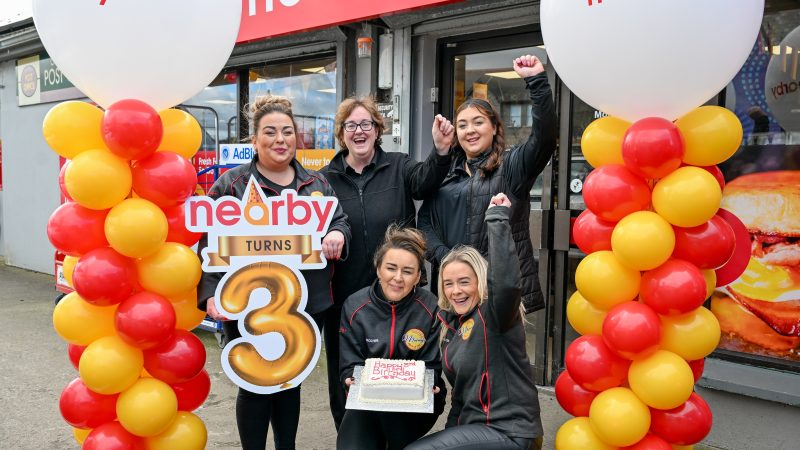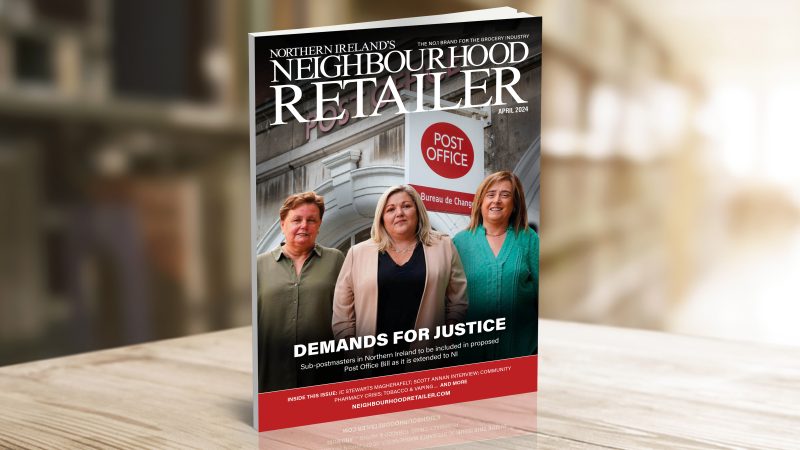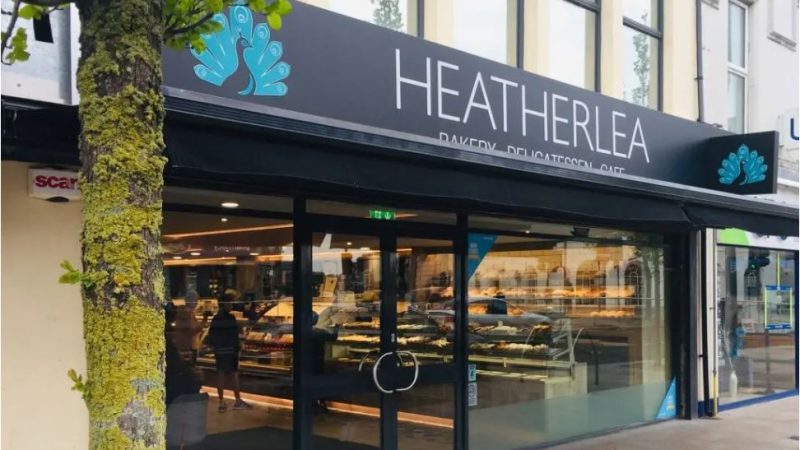M&S turning to Irish producers to mitigate Brexit

The company said EU border issues have cost it around £13 million in the six months to October 2 2021.
M&S use distribution centres in Britain to supply its stores in Ireland, but food products moving from Britain to the Republic from Britain have faced new checks following Brexit.
The company said it has faced “significant cost and complexity in servicing the Republic of Ireland”.
The new arrangements under the Northern Ireland Protocol has also proved challenging for the retailer, and it has to enlist the help of Henderson Group to resolve some supply problems.
M&S said the “unspecified extension to the Northern Ireland easement” was continuing to cause uncertainty.
In a trading report covering the 26 weeks to October 2, M&S it is continuing to “mitigate the very substantial headwinds relating to the impact of EU border issues on the Irish food business”.
Those measures have included “restructuring the cost base and a planned step up in local sourcing”.
The supermarket chain said it had also restructured its operations across the island of Ireland. Other post-Brexit measures include ending its relationship with a French franchise partner and adapting product ranges available in other European locations.
Despite the warnings over costs and supply disruption, M&S still increased its annual profits outlook for the second time in less than three months.
Chief executive Steve Rowe credited a boost from pent-up demand after lockdowns, but also said “for the first time we can see that the hard yards of driving long-term change are beginning to be borne out in our performance”.
M&S swung to underlying pre-tax profits of £269.4m in the six months to October 2 against losses of £17.4m a year earlier at the height of the pandemic.
Profits were 52.8 per cent higher than they were two years ago, before Covid-19 struck.
The group expects full-year underlying profits to beat expectations, now guiding for around £500m – having already upgraded its guidance in late August to above £350m.







